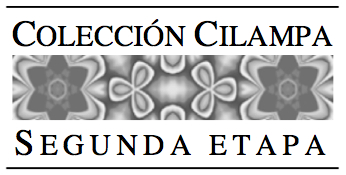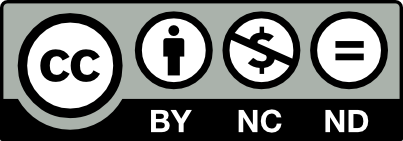Bolaño and Borges: The Life of Infamous Characters
DOI:
https://doi.org/10.15359/rl.1-71.4Keywords:
infamy, literature, characters, Roberto Bolaño, Jorge Luis BorgesAbstract
A comparison is made of La literatura nazi en América, by Roberto Bolaño, and Historia universal de la infamia, by Jorge Luis Borges. Attention is given to the form and characteristics of the first part of Borges' book, the seven biographical sequences developed as narrative, ludic exercises, and specifically, the analysis of "El atroz redentor Lazarus Morell." Regarding Bolaño, consideration is given to the three “lives” of the first series of fictitious biographies, “Los Mendiluce.” We are interested in understanding them from the generic viewpoint: in their form, what joins or distinguishes them? What did Bolaño take from Borges?
References
Arcoiris TV Channel. «Entrevista a Roberto Bolaño - Off The Record», Youtube, 25 de julio de 2019, <https://www.youtube.com/watch?v=qNhTTqu5Vsw>.
Bolaño, Roberto. La literatura nazi en América. Barcelona: Anagrama, 2010.
Borges, Jorge Luis. Historia universal de la infamia. Madrid: Alianza, 2005.
Delgado, Joanna. «La poética de Jorge Luis Borges en Historia universal de la infamia», Siempre! Presencia de México (2012). <http://www.siempre.mx/2012/01/la-poetica-de-jorge-luis-borges-en-historia-universal-de-la-infamia/>.
Doria, Sorina. «El humor y la ironía en la novela transmoderna», Annals of the West University of Timisoara. Philological Studies Series 50 (2012): 203-207.
FLACSO Argentina. «Borges y Bolaño: una conversación», Youtube, 15 de julio de 2019. <https://www.youtube.com/watch?v=IZl8A0U2N8g>.
Foucault, M. La vida de los hombres infames. La Plata: Altamira, 1996.
Galicia, Javier. «Entrevista a Roberto Bolaño - La belleza de pensar», Youtube, 25 de julio de 2019, <https://www.youtube.com/watch?v=NPL3O1UL3-E>.
Montanaro, Oscar. «La voz narrativa y los mecanismos develadores en Historia Universal de la infamia de Borges», Filología y Lingüística, 20, 2 (1994): 87-108. <http://www.revistas.ucr.ac.cr/index.php/filyling/article/view/20252/20430>.
Nitrihual, Luis Alejandro. «Borges y Bolaño: un juego intertextual desde la divergencia», Universidad Complutense de Madrid, 27 de julio de 2019, <https://pendientedemigracion.ucm.es/info/especulo/numero36/borgbola.html>.
Orsanic, Lucía. «De Borges a Foucault: una galería de la infamia: análisis de “El asesino desinteresado Bill Harrigan”». Borges - Francia. Buenos Aires: Universidad Católica Argentina, 2011, 319-328. <https://repositorio.uca.edu.ar/bitstream/123456789/4784/1/borges-foucault-galeria-infamia.pdf>.
Oviedo, José Miguel. «La literatura nazi en América, de Roberto Bolaño», Revista Letras Libres (nov. de 2005). <http://www.letraslibres.com/revista/libros/la-literatura-nazi-en-america-de-roberto-bolano>.
Pérez, Rosario y Sonja Stajnfel. «El centelleo de la infamia: los personajes de Historia universal de la infamia». AISTHESIS 59 (2016): 55-73. DOI: https://doi.org/10.4067/s0718-71812016000100004.
Salgado, César. «Borges: infamia y pudor», 80 grados Prensa sin prisa, 27 de julio de 2019, <http://www.80grados.net/borges-infamia-y-pudor/>.
Suárez, Carolina y Javier Macías. «Herencia narrativa, fragmentación y fractalidad en las biografías infames de Roberto Bolaño y Juan Rodolfo Wilcock», Rilce 29, 2 (2013): 495-513.
Published
How to Cite
Issue
Section
License
Principios básicos:
a) Los autores conservarán los derechos de propiedad intelectual de sus aportes o artículos;
b) Cada autor deberá indicar expresamente que ese artículo lo entrega, en calidad de exclusividad, a la revista LETRAS; y
c) La revista Letras se reservará el derecho de autorizar para fines académicos no lucrativos la reproducción y uso de ese material por parte de terceros, siempre que éstos indiquen expresamente la procedencia del artículo. Todo ello se postula en concordancia con la normativa de "Creative Commons Atribution License", recomendada.

This work is licensed under a Creative Commons Attribution-NonCommercial-NoDerivs 3.0 Costa Rica License.















